For hunters who are hunting turkeys in the wild, turkey decoys can be an extremely helpful and effective tool to aid them in their hunting endeavors. Decoys can be effective, but they can also be tricky to use, so you should learn how to use a turkey decoy to make your hunt as successful as possible.
First and foremost, you need to make sure that you are using the right decoy when you go out hunting. The following tips will help you get the most out of your turkey decoys. By setting up your decoys in a strategic way, you’ll be more likely to attract turkeys and have a successful hunt.
How To Choose The Right Turkey Decoys?
Here are some factors that you should consider when choosing the right turkey decoys for your needs.
Turkey species
Firstly, you need to decide what kind of turkey you are going to hunt. Depending on the species of turkey you are hunting, different types of decoys will respond differently to them. You should pick a turkey lure that matches the size, color, and sound of the turkeys you wish to attract by using it.
Terrain and habitat
In addition, you should take into account the terrain and habitat of the area you will be hunting in before you make your decision. The effectiveness of different decoys depends on the environment in which they are placed.
Visibility
The next thing you will need to consider is the visibility of your decoy in the terrain that you will be hunting in. The decoy you choose should be able to be seen clearly from a distance, but at the same time, you don’t want it to be too flashy or overly conspicuous in the background. The best decoys for hunting are ones that are natural in appearance and blend in well with their surroundings.
Durable
Also, make sure your decoy is made from durable materials so that it can withstand elements such as rain and snow, and you can keep it for a long time.
Easy to set up
Lastly, choosing a decoy that is both easy to carry and easy to set up quickly is also extremely important.
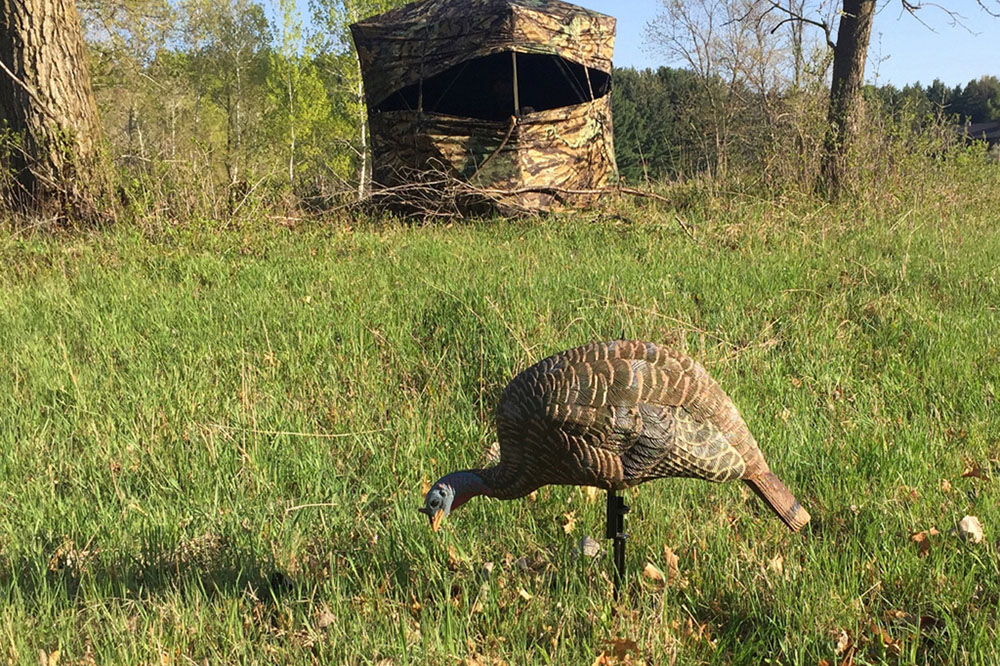
Types of Turkey Decoys
In the decoy collection, you will find three different kinds of turkeys: the jake, the hen, and the tom. These decoys have their unique features, that will assist you in different hunting scenarios and are capable of getting you better results.
Tom Turkey Decoy
Gobbler or Tom are adult male turkeys. Tom turkey decoys are decoys that are designed to resemble male turkeys, which is the most effective decoy for attracting the largest and best turkeys in the area. They’ve got a full-on strut going on with puffed-out chests and fanned tail feathers. And get this – they’re often super realistic in color!
These decoys are especially useful during the spring when the big tom turkeys are out there looking for love. See, they’ll see the decoy and think it’s another tom, and they’ll get all competitive and stuff. It’s like, “Hey, I’m here! Come check me out!” And that’s when the magic happens!
Jake Turkey Decoy
Jake decoys are special decoys that represent younger male turkeys that haven’t reached full maturity yet. They look a bit different from adult toms, with shorter beards and less prominent tail feathers. During the early and mid-spring hunting seasons, jake decoys can be super effective because dominant gobblers might be hesitant to challenge a full-grown tom.
By using a jake decoy, you can make it look like there’s a less threatening turkey around, which might entice a dominant gobbler to come closer and show off its stuff. It’s like a little trick to help you get closer to your target!
Hen Turkey Decoy
Hens are female turkeys. During mating season, hen turkey decoys play a big role in attracting gobblers. These decoys act like real hens, showing off relaxed, feeding, or breeding poses. Using hen decoys can help bring in gobblers looking for love, especially when paired with a tom or jake decoy. This creates a more realistic scene that’s sure to catch the attention of curious gobblers!
When it comes to using turkey decoys, it’s crucial to tailor your setup to the specific hunting situation. Experimenting with different combo decoys, like a tom with hens or multiple jakes, can help you figure out how turkeys in your area respond. And, placing decoys in a strategic spot, just within sight but not too close to your hiding spot, can help create a realistic and safe setup that will get those turkeys coming to you!
How To Tell The Differences Between Jake and Tom?
If you are turkey hunting, you may wonder how to tell Jack and Tom apart and whether they have any physical characteristics you can use to identify them. Here are some identifiers you can use to identify Jakes and Toms easily.
Beards
It is common for Jakes to have short beards (between two and three inches in length), whereas the beard of a Tom turkey can be up to 10 inches in length.
Fans
Jakes molt at about 4 or 5 months of age, losing their feathers besides the beard and tail feathers. This causes the central feathers to grow longer as the other feathers grow in. So Jake fans tend to have an uneven and awkward style.
Spurs
A jack has shorter spurs than a tom, typically with spurs about a half inch long. In general, toms have longer spurs, sometimes up to one and a half inches long.
Gobbles
Toms almost always give a longer, louder, better-sounding gobble than jakes.
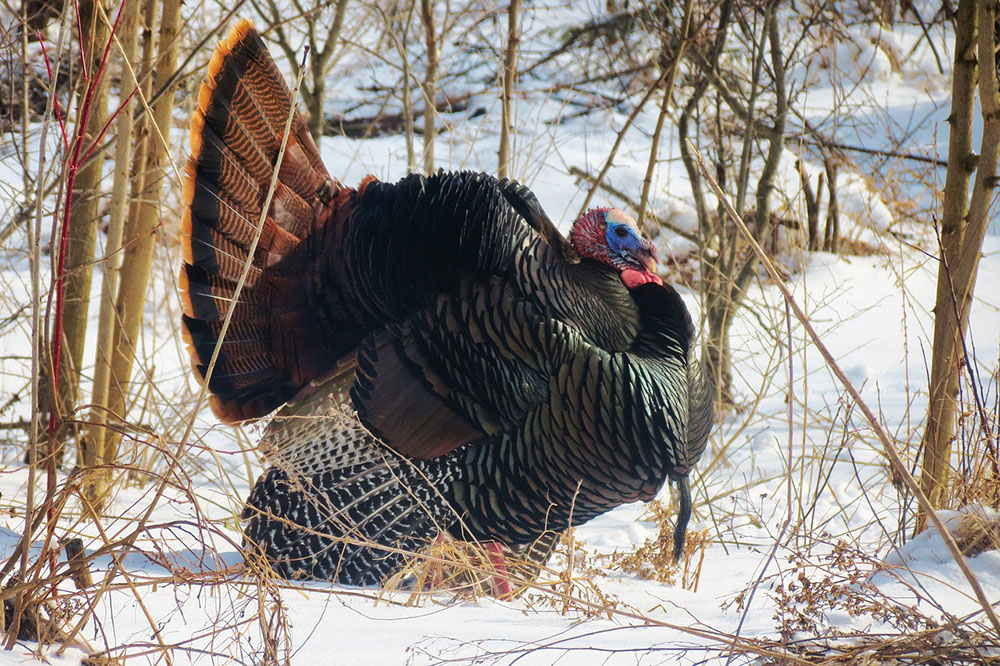
How To Set Up Your Turkey Decoys?
Once you have the right decoys, you need to set them up in the right way.
Place turkey decoys in the right locations so they can be used effectively. Grassy areas with a view of the surrounding terrain are good places to place decoys to attract turkeys.
In addition, make sure your decoys are close enough to your blind or hide to allow you to get a good shot, yet far enough away to prevent the turkeys from spooking.
There are three different types of positions for placing turkey decoys: walking/strutting, mating, and feeding.
Walking Turkey Decoy
- Find a realistic walking turkey decoy that looks and moves like a real turkey.
- Place it in an open area, like a field or clearing, within sight of your hunting spot.
- Make sure the decoy is facing your position to give the illusion of movement and draw the turkeys’ attention.
- Don’t forget to leave enough space around the decoy for the turkeys to feel comfortable approaching.
- You could also place it near a natural feature like a fallen log or brush pile to make it look even more realistic and give it some cover.
Mating Turkey Decoy
A mating setup would consist of a hen and a tom, with the tom standing behind the hen, to simulate a mating position.
- Use a breeding or mating turkey decoy. You’ll need a hen decoy in a receptive or breeding position, and a tom decoy in a full-strut position.
- Place them in an open area where turkeys can see them, and make sure the hen is positioned close to the tom, like he’s courting her.
- Face the decoys towards your hunting location, so it looks like they’re getting ready to breed.
- Add some extra hen decoys around the mating pair to make it look even more realistic. Trust us, this will help draw in those curious turkeys.
Feeding Turkey Decoy
- Find a spot with some natural food sources, like a field with seeds or a feeding area.
- Place a fake turkey decoy in a relaxed position, with its head down and chowing down on some grub. Make sure it’s in a clear area where turkeys can easily spot it.
- Next, scatter some smaller feeding decoys around the main decoy to make it look like a whole flock of turkeys is feasting. This will make the real turkeys think there’s a ton of food around, and they’ll come running.
To increase your chances of attracting turkeys and having a successful hunting experience, make sure your decoys are within range of your shooting position. Keep them visible and easy to spot from a distance by making them stand out. You can also add movement to your decoy setup by using decoys with built-in motion or attaching a small string or flag to make them appear as if they are moving.
It’s important to consider the wind direction when placing your decoys, as turkeys often approach downwind to detect any potential danger. Finally, be prepared to adjust your decoy setup based on the behavior of the turkeys you are hunting, as they can vary in their responses.
Sum Up
A key component of your success, when you go turkey hunting, is hunting with turkey decoys. After you know how to properly use your turkey decoys, you’re one step closer to your successful hunt! These above tips will assist you in using and setting up your turkey decoys effectively and dramatically increase your chances of taking down a turkey.


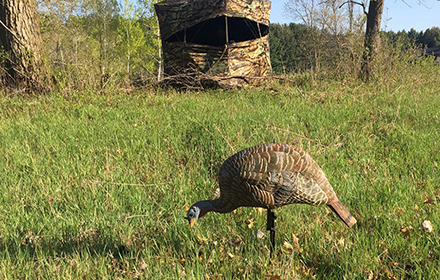




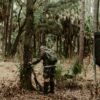
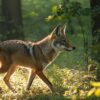
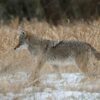
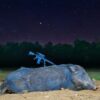

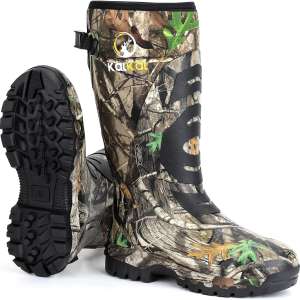


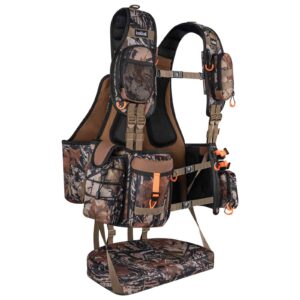



Leave a reply